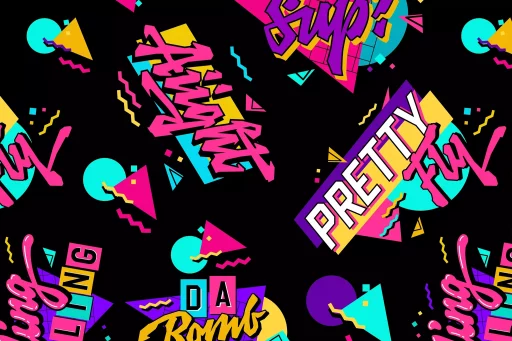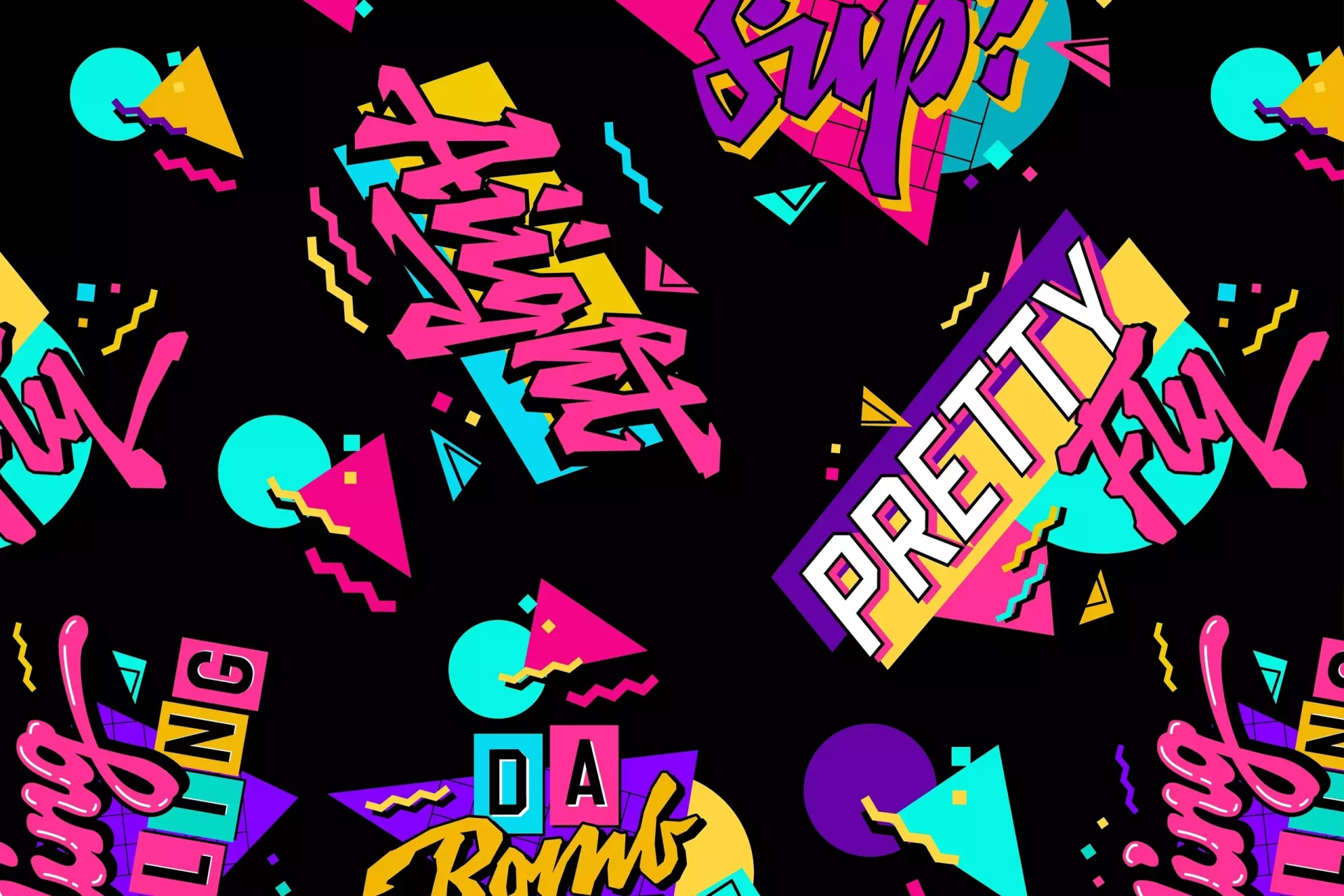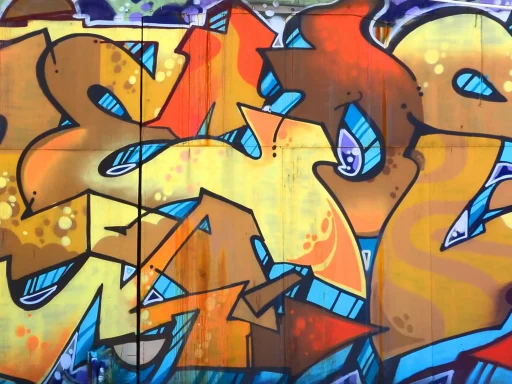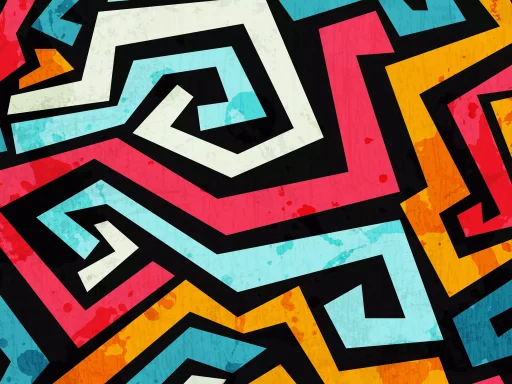What is Punk?
Punk is more than just a music genre; it is a movement, a lifestyle, and a form of rebellion against the norm. Emerging in the 1970s, punk music combined elements of garage rock and other genres with a raw and edgy sound. However, punk culture also gave rise to a unique lexicon, enriched with slang that reflects its rebellious nature.
The Origins of Punk Slang
The origins of punk slang can be traced back to the early punk scene in cities like New York and London. Influenced by the DIY ethos of the music genre, punks often used language that rejected mainstream norms. The slang has evolved over the decades, contributing to a vibrant subculture.
Common Punk Slang Terms
Here are some of the common slang terms used within the punk community:
- Mojo – Refers to a charismatic aura or charm; often associated with confidence.
- Oi! – A greeting or a way to get someone’s attention, often used in a friendly manner.
- Slam – A term used to describe a dance style involving rough movements and energetic crowd behavior.
- CBGB – Originally a music venue in New York City, it has become synonymous with the punk movement.
- Punk Rock – A genre that heavily influences the style and language of punk culture.
- Poser – Someone who pretends to be part of the punk scene but does not genuinely embody its values.
Examples of Punk Slang in Music and Media
Punk slang isn’t just confined to conversations; it is often reflected in lyrics and band names within punk music. Bands like The Sex Pistols and The Ramones used punk slang to channel their messages, often mocking societal norms.
For instance, the track “Anarchy in the U.K.” by The Sex Pistols is laden with rebellious undertones and slang that called for an upheaval against the establishment. Similarly, modern bands like Green Day reference punk slang in their music, appealing to both nostalgic fans and new listeners.
The Impact of Punk Slang on Society
The impact of punk slang transcends music. Over the years, words and phrases from punk culture have seeped into mainstream language, influencing youth culture significantly. The DIY ethic of punk has encouraged young people to embrace individuality and self-expression.
According to a study conducted by the University of California, Los Angeles (UCLA), approximately 30% of young people today identify their interests with elements of punk culture, including clothing, music, and language. This study underscores how punk has left an indelible mark on modern youth identity.
Punk Slang in Fashion and Art
Fashion and visual art are other arenas where punk slang thrives. Terms like “distressed” or “ripped” have become commonplace in fashion as they refer to the style embodied by punk culture. Artists often use punk-related terms in their work, showcasing themes of rebellion, non-conformity, and societal critique.
Case Study: Punk’s Influence on Modern Culture
One notable example of punk culture’s influence is the rise of street art movements, with graffiti often featuring punk slang and themes of rebellion. Artists like Banksy incorporate punk ethos into their work, challenging the norm while using language that resonates with a punk audience.
Additionally, television shows and movies often feature punk slang to portray rebellious youth—demonstrating the continued relevance of this unique lexicon. Shows like “Skins” or movies like “The Punk Singer” have depicted characters that embody punk values, further embedding the culture into popular media.
Conclusion
Punk slang serves as a testament to the enduring spirit of the punk movement. With its roots in rebellion and self-expression, punk slang continues to evolve while influencing language, music, art, and fashion. Understanding punk’s lexicon not only provides insight into the culture but also celebrates the individuality and creativity that punk stands for.






